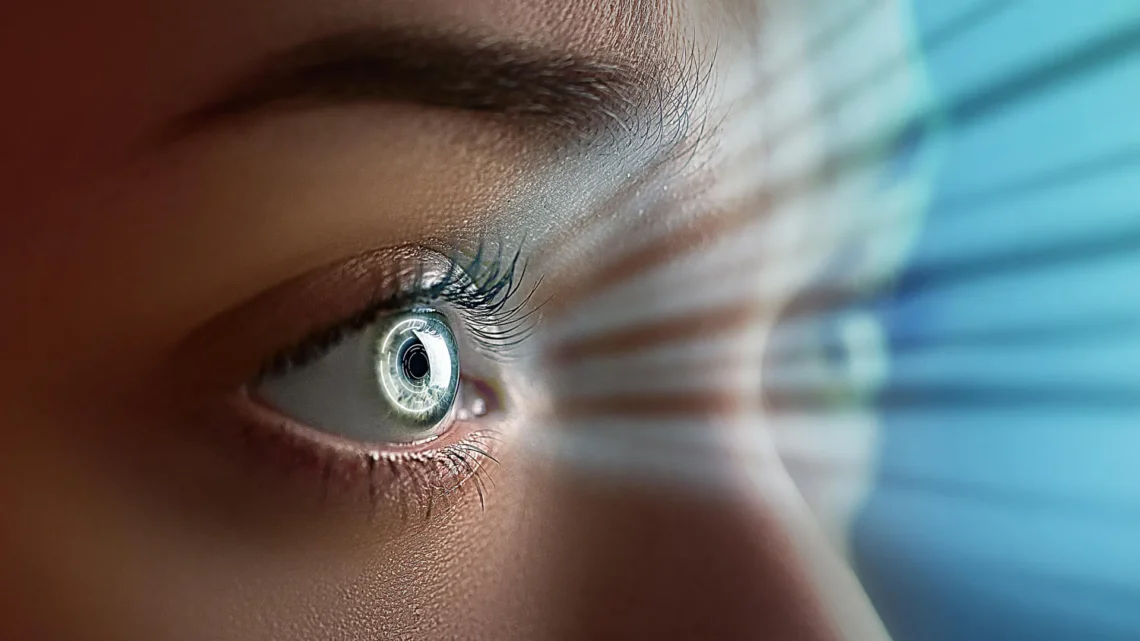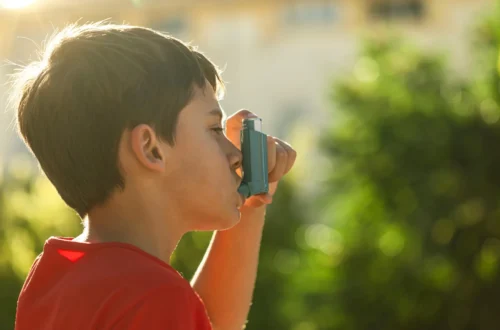Researchers have successfully utilized artificial intelligence (AI) to predict which patients require treatment to stabilize their corneas and safeguard their eyesight, as reported at the 43rd Congress of the European Society of Cataract and Refractive Surgeons (ESCRS).
Understanding Keratoconus
The study predominantly examined individuals with keratoconus, a visual impairment that typically manifests during adolescence and young adulthood, often deteriorating with age. This condition affects approximately 1 in 350 individuals. While some patients can manage their symptoms with contact lenses, others may experience significant progression, necessitating a corneal transplant if untreated. Currently, the only method for determining the need for treatment involves long-term patient monitoring.
AI Technology in Predictive Assessment
The research team employed AI to analyze eye images, correlated with additional patient data, in order to accurately predict which individuals required urgent treatment and which could continue with regular monitoring.
Research Details
Led by Dr. Shafi Balal and his colleagues from Moorfields Eye Hospital NHS Foundation Trust and University College London (UCL), the study emphasized that in individuals with keratoconus, the cornea, which acts as the eye’s front window, protrudes outward. This condition is a predominant cause of visual impairment in young adults and represents the leading reason for corneal transplants in the Western world.
Dr. Balal explained, “A singular procedure known as ‘cross-linking’ can halt the progression of the disease. When executed prior to the onset of permanent scarring, cross-linking frequently prevents the need for a corneal transplant. Unfortunately, physicians currently lack the ability to predict which patients will advance and necessitate treatment, in contrast to those who can remain stable under observation.” Consequently, patients must undergo repeated evaluations over numerous years, with cross-linking often administered only after progression has already transpired.
Study Methodology
The study comprised patients referred to Moorfields Eye Hospital for keratoconus evaluation and included front-eye scanning through optical coherence tomography (OCT) to ascertain corneal shape. The researchers analyzed 36,673 OCT images from 6,684 unique patients, integrating additional patient data.
The AI algorithm demonstrated the capability to accurately predict whether patients’ conditions would deteriorate or remain stable based solely on data from their initial visit. This technology successfully categorized two-thirds of patients into a low-risk group, indicating no immediate treatment requirement, while the remaining third fell into a high-risk category necessitating prompt cross-linking treatment. When incorporating data from a subsequent hospital visit, the algorithm was able to effectively categorize up to 90% of patients.
Cross-Linking Treatment Overview
Cross-linking treatment employs ultraviolet light and riboflavin (vitamin B2) drops to strengthen the cornea, achieving success in over 95% of cases.
Implications for Future Treatment
Dr. Balal remarked, “Our findings illustrate that AI can significantly enhance the prediction of which patients require treatment and which can be monitored. This pioneering study achieves a remarkable level of accuracy in forecasting keratoconus progression using both scans and patient data from a substantial cohort tracked over two years. Despite the current focus on one specific OCT device, the methodologies and AI algorithms developed can be applicable to various devices. Further safety testing of the algorithm is on the horizon before it is introduced into clinical practice.”
“The implications of our results could lead to timely intervention for high-risk keratoconus patients, thereby preventing vision loss and circumventing the need for corneal transplant surgery, which carries various complications and recovery challenges. Additionally, patients in the low-risk group can avoid unnecessary frequent check-ups, thus optimizing healthcare resources. Efficient categorization by the algorithm would enable specialists to prioritize areas of greatest need.”
Future Directions
The research team is currently focused on developing a more advanced AI algorithm, drawing upon millions of eye scans, that will address specific tasks such as predicting keratoconus progression as well as detecting eye infections and hereditary eye diseases.
Dr. José Luis Güell, ESCRS Trustee and Head of the Cornea, Cataract, and Refractive Surgery Department at the Instituto de Microcirugía Ocular in Barcelona, noted: “Keratoconus is manageable; however, determining when and how to treat poses substantial challenges. This can often lead to delays, resulting in vision loss and the requirement for invasive procedures like implantation or transplantation.”
“This research indicates that AI can assist in forecasting progression right from a patient’s initial consultation, enabling timely treatment to avert secondary complications. Additionally, this technology could significantly reduce superfluous monitoring for stable patients. If proven effective, this approach could alleviate vision loss and improve management strategies for younger, working-age individuals.”
Key Health Takeaway
The utilization of AI in predicting keratoconus treatment needs has the potential to transform patient management, enabling timely interventions and optimizing healthcare resources by distinguishing between low-risk and high-risk patients.
Notes
- ESCRS25-FP-2399, ‘Prediction Of Keratoconus Progression Using Multi-Modal Deep Learning’, Shafi Balal et al, session: Keratoconus clinics and diagnostics, 08.30 hrs CEST, Sunday 14 September, https://pag.virtual-meeting.org/escrs/escrs2025/en-GB/pag/session/97345
Funding: ESCRS Digital Research Award, Frost Trust and the UK National Institute of Health and Research (NIHR).





